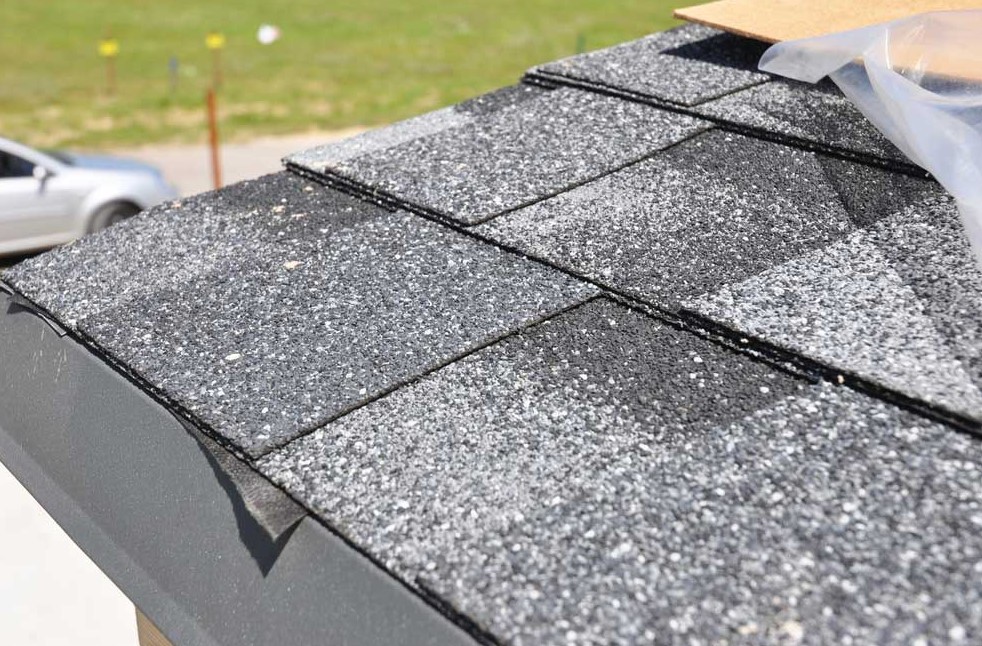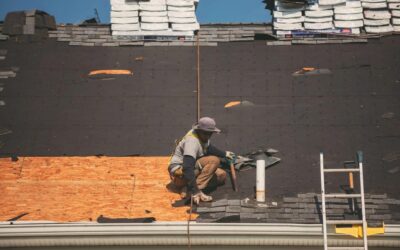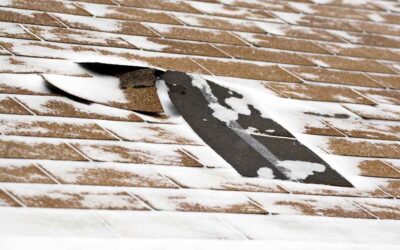Twin Cities summers bring more than just sunshine and lake days; they also bring sticky, muggy humidity. While you might feel the discomfort on your skin, your roof feels it too. Over time, humidity damage to roofs can cause warping, algae growth, and costly repairs.
Homeowners often underestimate the humidity’s impact, but ignoring it can shorten the life of your shingles and even affect your home’s efficiency.
In this guide, you’ll learn:
- The most common roofing issues caused by high humidity
- What early warning signs you should watch for
- How to protect your roof with smart material choices and ventilation
At Keystone Roofing and Restoration, we help Twin Cities families navigate Minnesota’s unique climate challenges with trusted roofing solutions that last.
Breaking Down Common Roofing Issues in Humid Twin Cities Summers
High humidity means excess moisture in the air, and eventually, in your roofing system. Even if your roof looks fine today, constant moisture exposure will take its toll over time. Let’s break down some of the common roofing issues caused by humid conditions:
- Warping and Buckling: Asphalt shingles can absorb moisture and begin to warp or curl, reducing their protective seal.
- Mold and Mildew Growth: Mold growth happens faster than you may think. Poor ventilation plus humidity encourages microbial growth, which can damage wood decking and impact indoor air quality.
- Algae and Moss Stains: Black streaks or green patches not only hurt curb appeal but also trap moisture that accelerates decay.
- Premature Aging: The combined humidity roof impact of moisture, storms, and freeze–thaw cycles strips protective granules and weakens shingle layers.
For homeowners in Minneapolis, St. Paul, and the surrounding metro, these issues aren’t hypothetical; they’re recurring seasonal problems. Addressing them early helps avoid costly replacements.
Important Factors to Consider Before Tackling Common Roofing Issues
Before you start roof repairs or replacements, here are key considerations every Twin Cities homeowner should weigh.
Roof Age
Is your roof already near the end of its lifespan? Older shingles are more vulnerable to humidity damage to roofs and may require replacement rather than patch repairs.
Ventilation
Do you have balanced intake and exhaust ventilation in your attic? Without it, trapped moisture can rot decking, damage insulation, and raise energy bills.
Material Choice
Metal and slate resist moisture better than asphalt. If you’re due for replacement, consider how different materials respond to humidity roof impact.
Budget
What can you afford now versus later? Sometimes small, targeted fixes buy you time, while other situations call for a full replacement to save on future costs.
Local Weather Patterns
Twin Cities roofs face not just humidity but hail, storms, and snow. Repairs should address all these threats, not just one season’s issues.
By thinking through these factors, you’ll be better prepared to choose the right solution for your roof’s needs.
Top Roofing Problems Caused by Humidity in the Twin Cities
Humidity creates a variety of roof issues, many of which start small and worsen if left unchecked. Here are the top concerns.
1. Warping Shingles
Moisture absorption makes shingles curl or buckle, breaking their seal and allowing leaks.
2. Mold and Mildew in the Attic
Poor airflow allows trapped moisture to thrive. Mold can spread quickly into insulation and rafters.
3. Algae and Moss Growth
Green moss and black algae streaks are common in shaded areas. They retain water that accelerates roof decay.
4. Clogged Gutters from Humidity Build-Up
Moisture combines with summer storms to clog gutters, leading to pooling water and leaks.
5. Premature Roof Aging
Constant humidity damage to roofs strips away granules, leaving shingles thin and vulnerable.

Why Humidity’s Impact on Roofs Goes Beyond Aesthetics
Trapped Moisture Creates Long-Term Problems
Even if shingles look intact, moisture can seep into underlayment or decking, silently weakening the structure.
Energy Efficiency Suffers
A roof compromised by humidity loses insulation effectiveness. This forces HVAC systems to work harder, raising energy bills.
Warranties and Insurance Can Be Affected
If maintenance is neglected, some warranties won’t cover repairs related to humidity-driven deterioration. Insurance claims may also be denied without proper documentation of upkeep.
These realities highlight why regular assessments and preventive maintenance are so valuable in the Twin Cities climate.
Simple Steps to Protect Your Roof from Humidity
Humidity will always be part of life in Minnesota, but homeowners can take action to limit its damage:
- Schedule annual roof checks to catch hidden moisture damage early.
- Ensure attic ventilation is balanced with soffit and ridge vents.
- Install algae-resistant shingles to prevent black streaks and staining.
- Keep gutters clear so water drains properly during heavy rains.
- Trim overhanging branches that shade the roof and trap moisture.
- These preventative measures can save years of life on your roof and reduce repair costs.
Watch for These Signs of Humidity Trouble
When the air feels muggy, your roof may already be showing symptoms of stress. Look out for:
- Curling or blistering shingles
- Dark streaks or moss patches
- Musty smells in the attic
- Damp insulation or wood rot
- Granules piling up in gutters
Spotting these issues early helps you take action before the damage spreads.
Common Roofing Issues FAQs
What Are the Most Common Roofing Issues in the Twin Cities?
The most common roofing issues in the Twin Cities include warped shingles, algae growth, mold, and moisture damage from humidity.
How Does Humidity Damage Roofs Over Time?
Humidity damage to roofs causes warping, granule loss, and hidden leaks that shorten a roof’s lifespan.
What Is the Impact of Humidity on Roof Shingles?
The humidity roof impact on shingles includes curling, buckling, and accelerated wear due to trapped moisture and algae growth.
Can Algae-Resistant Shingles Prevent Humidity Damage?
Yes, algae-resistant shingles help minimize staining and reduce moisture buildup, extending roof life in humid Twin Cities summers.
How Can I Protect My Roof from Humidity?
To protect your roof, schedule estimates, maintain ventilation, clean gutters, and consider durable materials like metal or slate.
Keep Your Roof Humidity-Strong Year After Year
Humidity is a silent threat to Twin Cities roofs, but with proactive care, you can avoid most of the damage. By understanding the common roofing issues tied to moisture, homeowners can prevent costly repairs and extend their roof’s lifespan.
At Keystone Roofing and Restoration, we bring local expertise, certified installation, and proven solutions to protect your home against humidity roof impact.
Schedule your free roof estimate today and step into every season with peace of mind that your roof is built to handle Minnesota’s climate.



